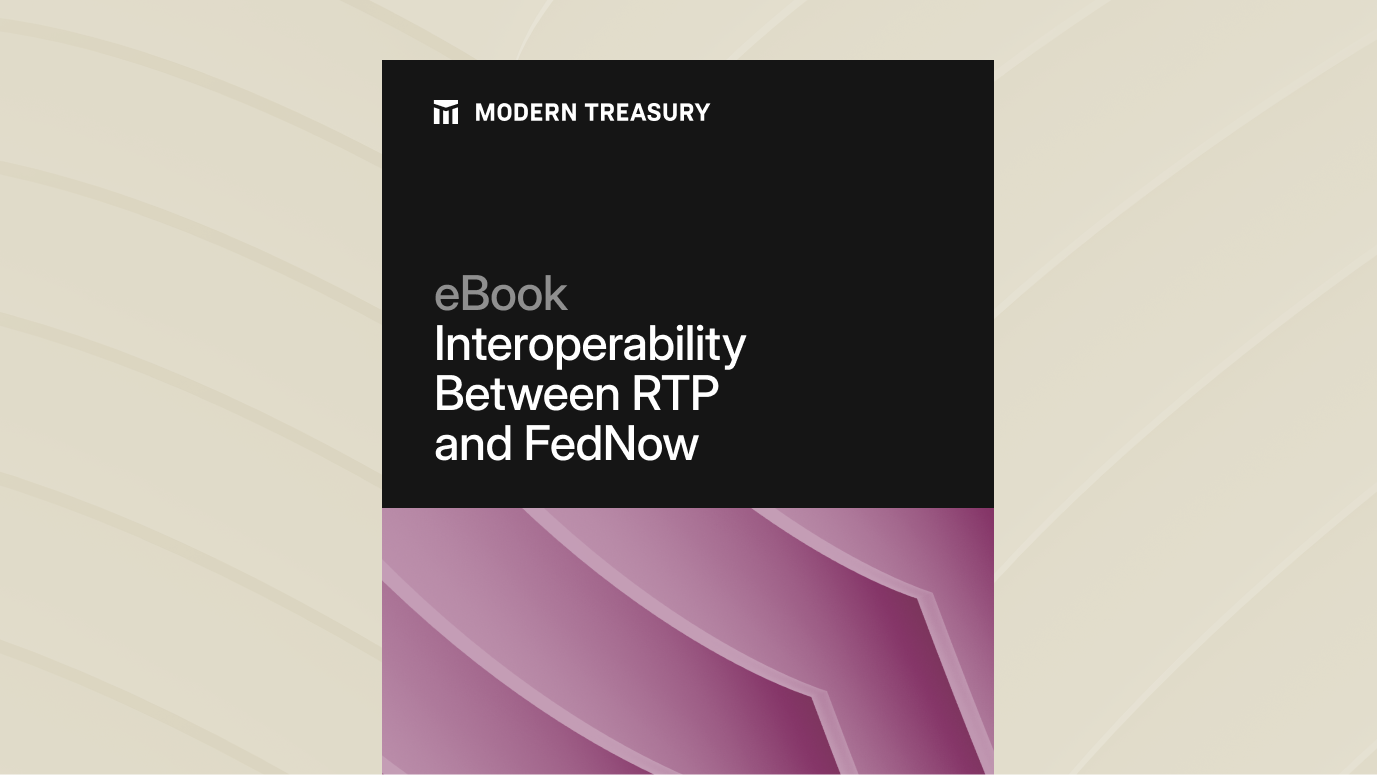Join us at Transfer 2025 to hear how industry leaders are building payments infrastructure for a real-time world.Register Today →
What Happens When You ACH a Dead Person?
When an ACH return occurs, the payment is reversed. This means that if you had paid someone, the money will come back to your account. Or if you had charged someone, you will lose the money you thought you received. But how does that reversal happen?

The ACH system has 70 reasons a payment could fail, 39 of which are for common business reasons. NACHA keeps these failures codes, called "ACH Returns," regularly updated. [1] They each have an abbreviation that begins with an “R” followed by a two digit code—for example, "R02", which indicates Account Closed.
When an ACH return occurs, the payment is reversed. This means that if you had paid someone, the money will come back to your account. Or if you had charged someone, you will lose the money you thought you received. But how does that reversal happen?
Let’s look at the process on a more detailed level. Imagine your phone service provider initiated an ACH debit, but your account has insufficient funds. Your bank will initiate an ACH return to notify the phone service provider about the insufficient funds two to three business days after the transaction was originated. The phone service provider’s bank is the intermediary between your bank and the phone service provider, so it gets notified that the debit is being returned. That message comes with a Return Reason Code to give the phone service provider and its bank more info on what went wrong and the steps to take to fix it.
Note that some ACH returns may take longer to process, possibly even up to 60 calendar days, depending on the reason it’s being returned. For example, an R07 (Authorization Revoked by Customer) wouldn’t happen as quickly as an alert for insufficient funds. The customer might not look at their account history on a regular basis and take some time to initiate the cancellation.
Any ACH return is an operational headache, just like a credit card chargeback would be. You may have to correct a routing number in response to an "R12" (Account Sold to Another Depository Financial Institution) which happens when banks merge, such as when Wells Fargo bought Wachovia in 2008. Or you might have to chase down a customer who has insufficient funds in their account in response to an R01 (Insufficient Funds.)
But what if the person on the other side of your transaction has died?
There is a return code for that. Actually, two.
An R15 (Beneficiary or Account Holder Other Than a Representative Payee Deceased) is the one you’re most likely to see. There is also the R14 code, which may be used when an account’s representative owner, such as a parent of a child, is deceased.
In order for these returns to be processed, the bank of the deceased individual must find out that the person has died.
In some cases, the bank will find out through a Death Notification Entry (DNE). Federal agencies send these to financial institutions. Agencies like the Social Security Agency and the Department of Veterans Affairs want to make sure they’re not paying benefits for dead individuals. This is a problem that the government is actively working to solve. When the agencies have overpaid, the bank is obligated to pay these obligations first, before handling other outstanding payments.
The bank may also find out about the death from a written report like an obituary, personal awareness amongst the staff, or contact from the estate.
Whatever the chain of events, the bank will report the death using either the R14 or R15 return code. Surprisingly, there is even a 6-character field reserved in the NACHA specification reserved for returning the date the individual died. When using a system like Modern Treasury, you would receive data like this for a death return:
If you find out about an individual’s death before the payment is reversed, you may issue a Notice of Reclamation to that individual’s bank. This will alert the bank and can help to undo the payment. When all is said and done, the original payment will be reversed. Our hope is that you will never see an R14 nor an R15. But when one of these or the other 37 possible types of returns occur, it is important to know how to handle them.
If you’re interested in talking more about ACH returns, please reach out — we’d love to chat. Tracking returns is one of the advantages of using a system like Modern Treasury.
For example, in April NACHA announced an upcoming change to R10 and R11:
https://www.nacha.org/rules/differentiating-unauthorized-return-reasonsFor a complete list of return reasons, you need to pay for the official NACHA guidelines: https://www.nachaoperatingrulesonline.org/?qr=1
Try Modern Treasury
See how smooth payment operations can be.







